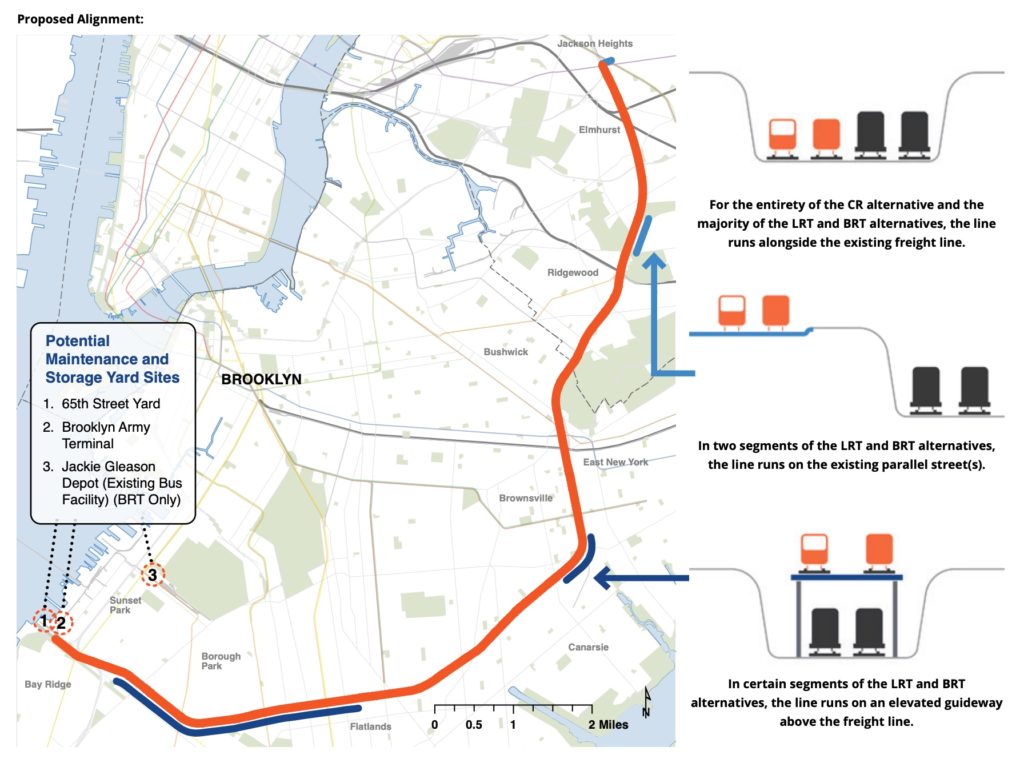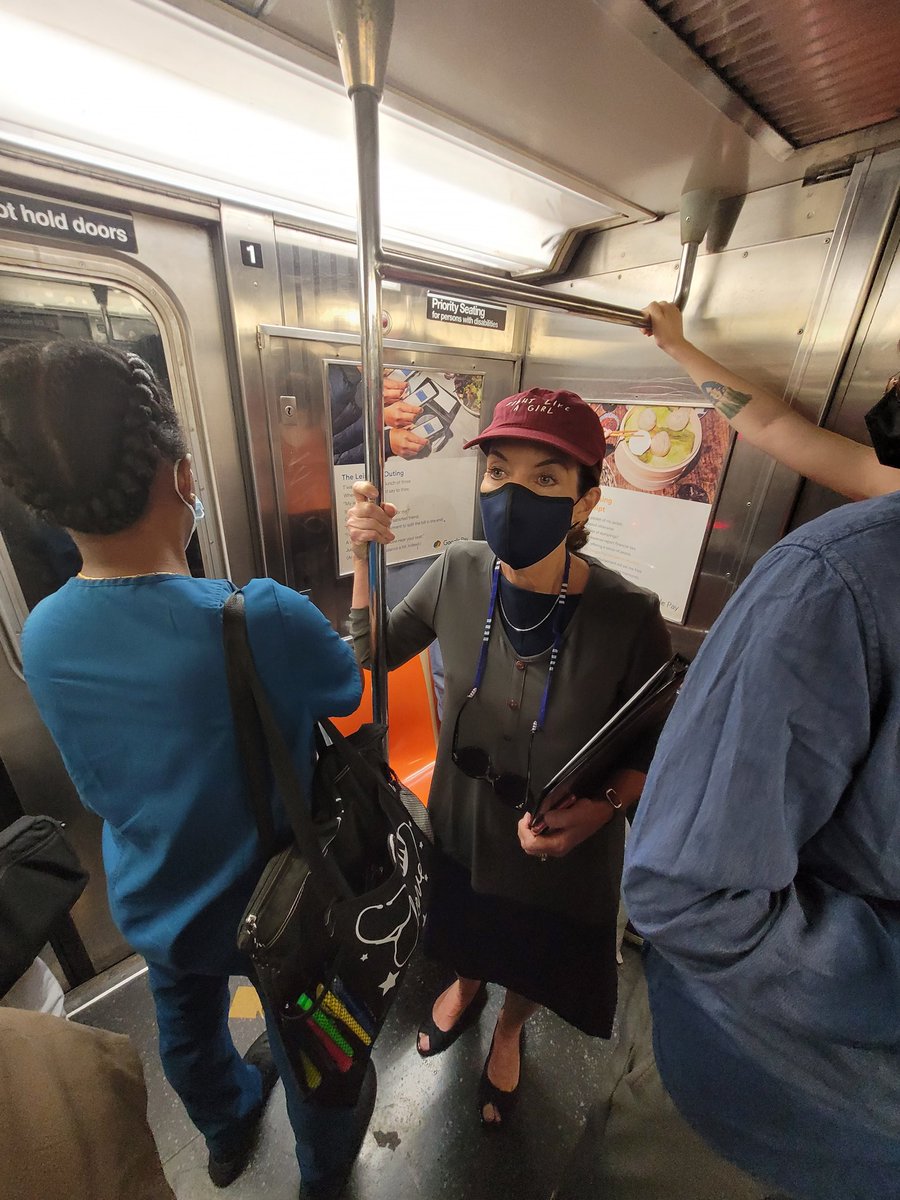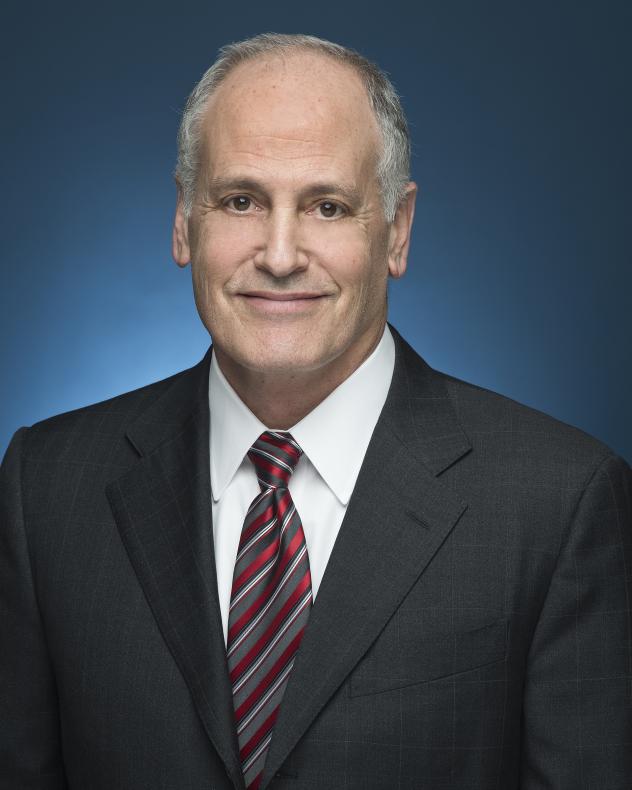 Every day, my morning commute exposes me to countless noises. According to a recent study, those noises could be very damaging to everyone’s ears.
Every day, my morning commute exposes me to countless noises. According to a recent study, those noises could be very damaging to everyone’s ears.
My commute starts out at 7th Ave. on the BMT Brighton Line in Brooklyn. If I have to wait, inevitably a Coney Island- or Bright Beach-bound train will idle in the station with its air conditioner humming. When my ride arrives, the brakes squeal as the train pulls into the station. As the train heads north to Manhattan, it rumbles through tunnels at various speeds, and after leaving Atlantic Ave., the train curves its way to De Kalb Ave. with metal-on-metal screeching through the tunnel.
This noise doesn’t even count the various on-car noises. The PA systems on the B train are in a terrible state. Constant high-pitched feedback has become the norm, and on-board announcements run the gamut from inaudible to deafening. Personally, I don’t listen to my iPod in the morning, but plenty of people do. I know this because I can hear the loud, loud music leaking out through shoddy headphones. In the end, that’s a lot of noise.
Just to drive home the point, though, a bunch of academics have verified that, yes, the subways are very loud. A survey conducted last month by a bunch of students at the University of Washington and Columbia University Mailman School of Public Health founds that subway rides expose us all to “high enough to potentially increase the risk of noise induced hearing loss.”
The release about the study had more:
Using sensitive noise dosimeters, the team of researchers…conducted hundreds of measurements of noise levels at platforms and stations, as well as inside of vehicles on New York City subways (MTA and PATH), buses (MTA), ferries (Staten Island), commuter railways (LIRR, SIRR and Metro North), and the Roosevelt Island tramway.
The scientists found that on average, the MTA subways had the highest noise levels, at 80.4 decibels (dBA), followed by the Path trains, at 79.4 dBA, and the tram, at 77.0 dBA. The lowest average levels measured, 74.9 dBA and 75.1 dBA, were obtained from the LIRR and Metro-North trains, respectively. The very highest levels measured in the study were found on an MTA subway platform (102.1dBA) and at a bus stop (101.6 dBA).
In contrast, the noise level of a whisper is 30 dBA, normal conversation is 60 to 70 dBA, a chainsaw is 100 dBA, and gunfire is 140 dBA.
In general, noise levels were significantly higher at platforms compared to inside vehicles for all forms of mass transit, except for ferries and the tram. The borough with the highest mass transit noise levels was Manhattan, followed by Queens and the Bronx. Major hubs were noisier than local stops and underground trains and stations were significantly louder than those aboveground.
The researchers warned that their findings were alarming. “At some of the highest noise levels we obtained, 102.1 dBA on the subway platforms, as little as two minutes of exposure per day would be expected to cause hearing loss in some people with frequent ridership, based upon the International Organization for Standardization models for predicting hearing impairment from noise,” Robyn Gershon, a Columbia scientists, said.
Experts have urged New Yorkers to use ear muffs and ear plugs, but the vast majority of commuters do not. As the MTA replaces its rolling stock, the more modern cars are quieter with better brake technology. As the ancient track beds are modernized, the MTA is trying to implement infrastructure that will dampen the noise.
Still, though, are commutes are loud. As we wait for trains in the morning and bury ourselves in newspapers, books and iPods, the trains fade into the backgrounds. But the truth remains: That is one very loud background.













